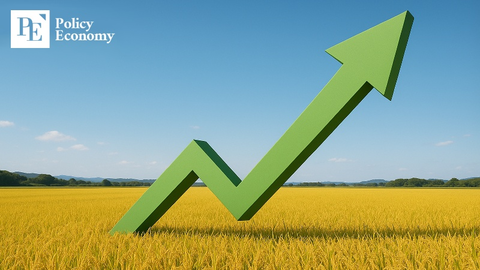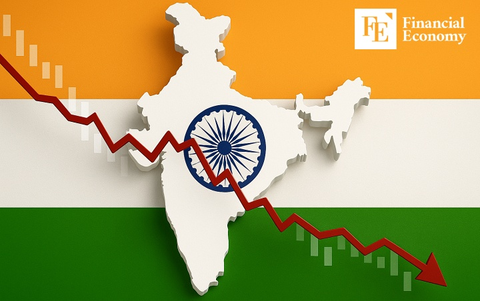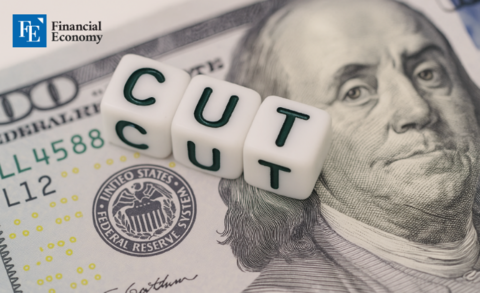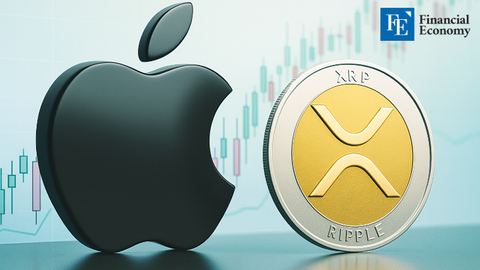"Trump Again Pressures the Fed: 'Powell Not Cutting Interest Rates Is a Mistake'"
Input
Modified
Trump Meets with Chairman Powell, Calls for Interest Rate Cuts U.S. Government Optimistic About Inflation Amid Tariff War Experts: 'High Tariff Policies Have Failed Before—We Should Learn from History'
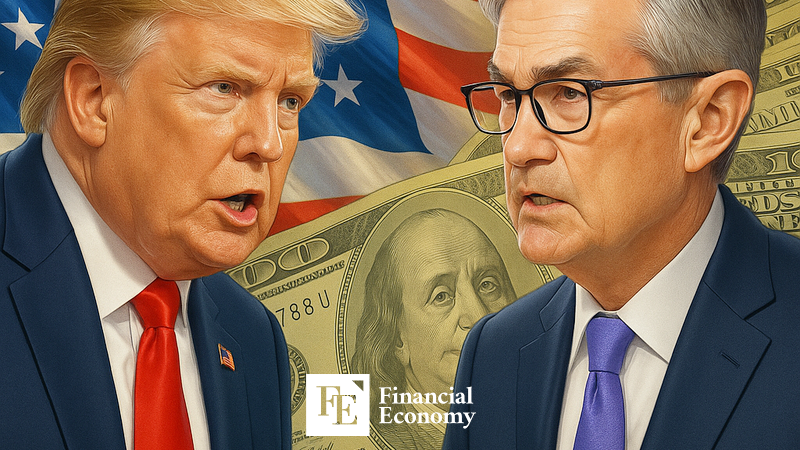
U.S. President Donald Trump has once again urged Federal Reserve Chair Jerome Powell to lower the benchmark interest rate. With inflation showing signs of easing, the government's push for a rate cut is becoming noticeably more aggressive. However, experts argue that as long as the Trump administration maintains its extreme tariff policies, the inflation risks the Fed worries about are unlikely to be fully resolved.
Trump Pushes (Again) for a Rate Cut
According to Reuters on the 29th (local time), President Trump invited Chair Powell to the White House for the first time since the start of his second term. It was their first meeting since November 2019 and Powell’s first White House visit in three years. White House spokesperson Caroline Levitt said in a briefing, “The President stated during the meeting that ‘it is a mistake for the Fed Chair not to lower interest rates.’” This marks a direct and personal demand from Trump to Powell for a rate cut.
However, this pressure from President Trump appears to have had little effect. That same day, the Federal Reserve issued a statement saying, “Chair Powell did not discuss his outlook for monetary policy, and emphasized only that the policy path would depend entirely on incoming economic data.” It continued, “The Fed will set monetary policy to achieve maximum employment and price stability, and decisions will be based solely on careful, objective, and non-political analysis.”
This is not the first time President Trump has requested interest rate adjustments from the Fed. Since the beginning of his second term, he has consistently argued that rate cuts are necessary. With growing concerns over inflation and economic slowdown due to aggressive tariff policies, Trump has been calling for rate cuts to stimulate the economy. After last year’s election, he even threatened to remove Powell from his post and has repeatedly criticized him in public since.
Is the U.S. Inflation Crisis Over?
Trump’s continued calls for interest rate cuts stem from his belief that the current inflation situation is under control. On April 22, he wrote on Truth Social, “With inflation easing as expected, the risk of further inflation is almost nonexistent. But if the Fed Chair—‘a major loser’ and ‘Mr. Too Late’—doesn’t cut rates immediately, the economy could slow.”
Indeed, U.S. inflation indicators show signs of gradual stabilization. According to the U.S. Department of Labor, the Consumer Price Index (CPI) in April rose just 2.3% year-on-year—the lowest since February 2021 (1.7%) and below the Dow Jones forecast of 2.4%. Month-over-month, CPI rose 0.2%, in line with expectations. The core CPI, excluding volatile energy and food prices, rose 2.8% year-on-year and 0.2% month-over-month.
The Trump administration believes there’s little risk of an inflation crisis in the near future. The outlook is that the President’s tariff policies are unlikely to significantly affect future inflation. At an event hosted by Axios on April 22, U.S. Secretary of Commerce Howard Lutnick expressed confidence that the U.S. could strike tariff agreements with several of its 18 key trading partners. “We’re getting a sense of what we want from most countries,” he said. “The President must negotiate strongly, and while not everything can be resolved overnight, we believe domestic consumer prices will remain unaffected.” Lutnick has publicly stated multiple times that the idea that tariffs spur inflation is a “foolish notion.”

The Dangers of High Tariff Policies
However, experts argue that high tariffs inevitably lead to higher prices. They criticize the Trump administration’s optimistic outlook as delusional. One market analyst stated, “Tariffs aren’t just a tax policy—they affect the entire national economy and directly impact both consumers and producers. Since tariffs are already in place, the question is not whether inflation will rise, but how much.”
He added, “The Trump administration should revisit the outcomes of past tariff wars.”
Historically, U.S. high-tariff policies have often ended poorly. A notable example is the McKinley Tariff of 1890, led by Senator William McKinley, which raised average tariff rates to about 48%. Though it aimed to protect American industries, it triggered a severe economic downturn, and McKinley’s Republican Party suffered a major defeat in the midterm elections that year.
Other examples include the Fordney-McCumber Tariff of 1922, enacted to protect American agriculture and manufacturing, and the Smoot-Hawley Tariff of 1930, introduced during the Great Depression. Both severely damaged international trade and worsened the economic crisis.
Eventually, after repeated failures, the U.S. recognized the limitations of high-tariff strategies. In 1934, it passed the Reciprocal Trade Agreements Act, introducing the Most Favored Nation (MFN) principle—granting the same favorable tariff rates to all nations. This laid the foundation for the multilateral trade system, eventually evolving into the General Agreement on Tariffs and Trade (GATT) and the World Trade Organization (WTO). Trump’s current push for reciprocal tariffs runs counter to the MFN principle. If the U.S. continues with these extreme trade policies, it risks repeating the same mistakes made over a century ago.

